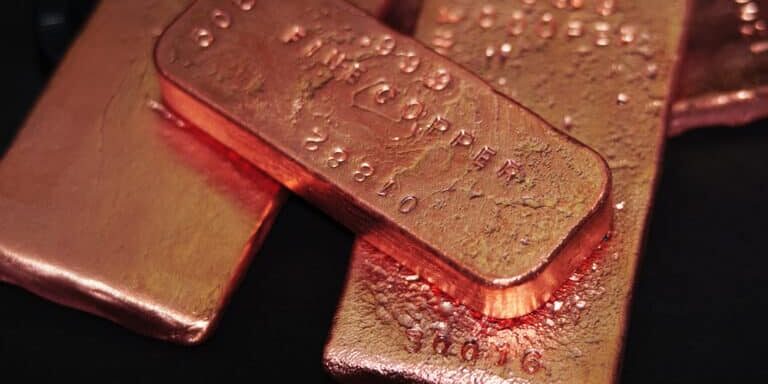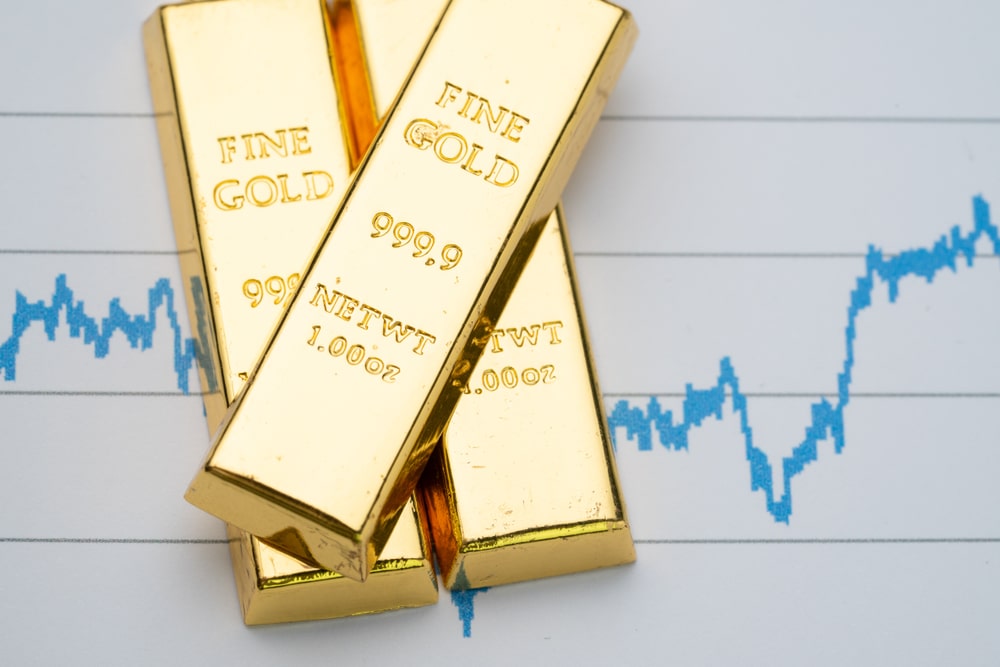
The Market Signal Screaming Recession: Copper Crashes While Gold Soars
The Copper-to-Gold Ratio: A Proven Economic Barometer
The copper-to-gold ratio is one of the most reliable yet overlooked indicators of economic health. Copper, known as the “metal with a PhD in economics,” is heavily tied to industrial demand—construction, manufacturing, infrastructure, and technology. When copper prices rise relative to gold, it typically indicates strong economic growth and investor confidence.
Gold, on the other hand, represents caution and security. When gold outperforms copper, it suggests investors are fleeing risk and seeking safety. This divergence is often an early warning of economic trouble.
As of April 22, 2025, the copper-to-gold ratio has fallen to its lowest point in nearly 40 years, matching recessionary conditions not seen since the mid-1980s. This collapse suggests markets are preparing for a downturn, and that the so-called recovery is far more fragile than mainstream narratives suggest.
What History Teaches About This Signal
Historical patterns show that declines in the copper-to-gold ratio frequently precede financial instability and recession. They also tend to coincide with major upward moves in the price of precious metals. In past cycles, periods of copper weakness relative to gold have been followed by significant surges in both gold and silver, as investors turned to tangible assets in response to fading faith in fiat currencies and financial institutions.
Today’s macro environment strongly resembles previous crises:
- Trade restrictions and rising tariffs are constricting global commerce.
- U.S. dollar instability is being driven by ballooning federal debt and a growing push to move away from dollar-based trade globally.
- Bond market stress—including inverted yield curves and weak demand for long-term treasuries—is signaling deep-seated financial strain.
All of these dynamics point toward elevated risk, weakening growth, and a rising appetite for hard assets.
Precious Metals Poised for a Major Breakout
As uncertainty grows, gold has already begun to break out of its previous range, establishing new highs amid economic anxiety. Central banks have ramped up gold purchases, and institutional investors are shifting toward physical assets. These moves indicate a broad loss of confidence in traditional financial instruments.
Silver, often referred to as gold’s “little brother,” has historically followed suit—though often with a lag. When it moves, it moves fast. In previous metal bull markets, silver has outperformed gold in percentage terms once momentum builds.
Given the collapse in the copper-to-gold ratio and the current global conditions—ranging from inflationary pressures to geopolitical instability—the setup for both metals appears extraordinarily bullish.
The Path Forward: Hard Assets Over Paper Promises
The message from the copper-to-gold ratio is clear: the era of easy growth is ending, and faith in the current economic system is eroding. Investors are responding by rotating out of speculative, risk-on assets and into commodities with intrinsic value—namely, gold and silver.
Owning physical precious metals is no longer about speculation. It’s about preservation. When fiat currency loses purchasing power and systemic risks increase, real assets become a necessity, not a luxury.
The current signal isn’t subtle—it’s a flashing red light from one of the most historically accurate indicators of economic stress.
👉 Prepare now.
Download Bill Brocius’ essential guide, Seven Steps to Protect Yourself from Bank Failure, and learn how to shield your wealth from the fallout.
Subscribe to Dedollarize products here to receive ongoing insights and protection strategies.
The ratio has spoken—and it's time to listen.











